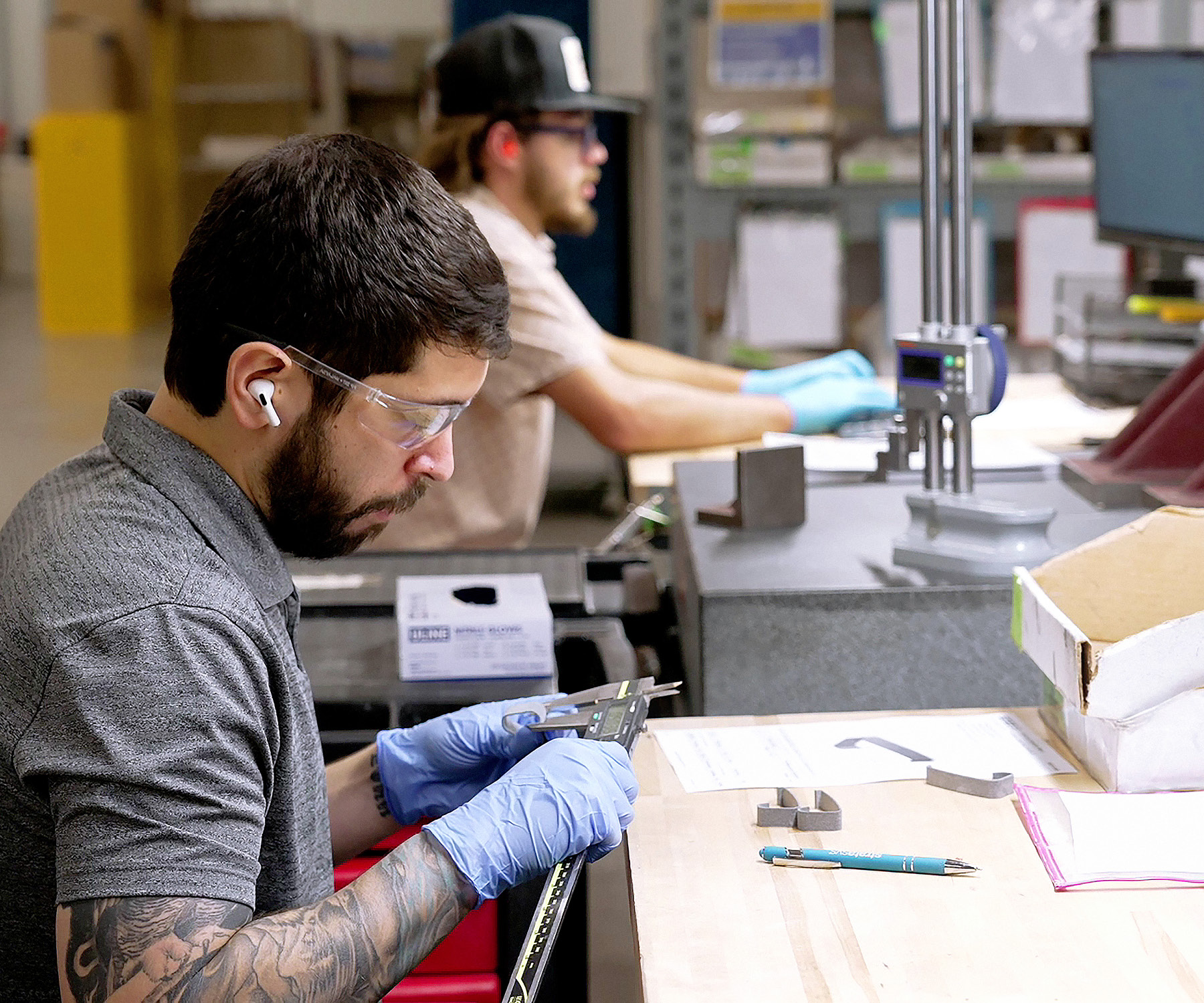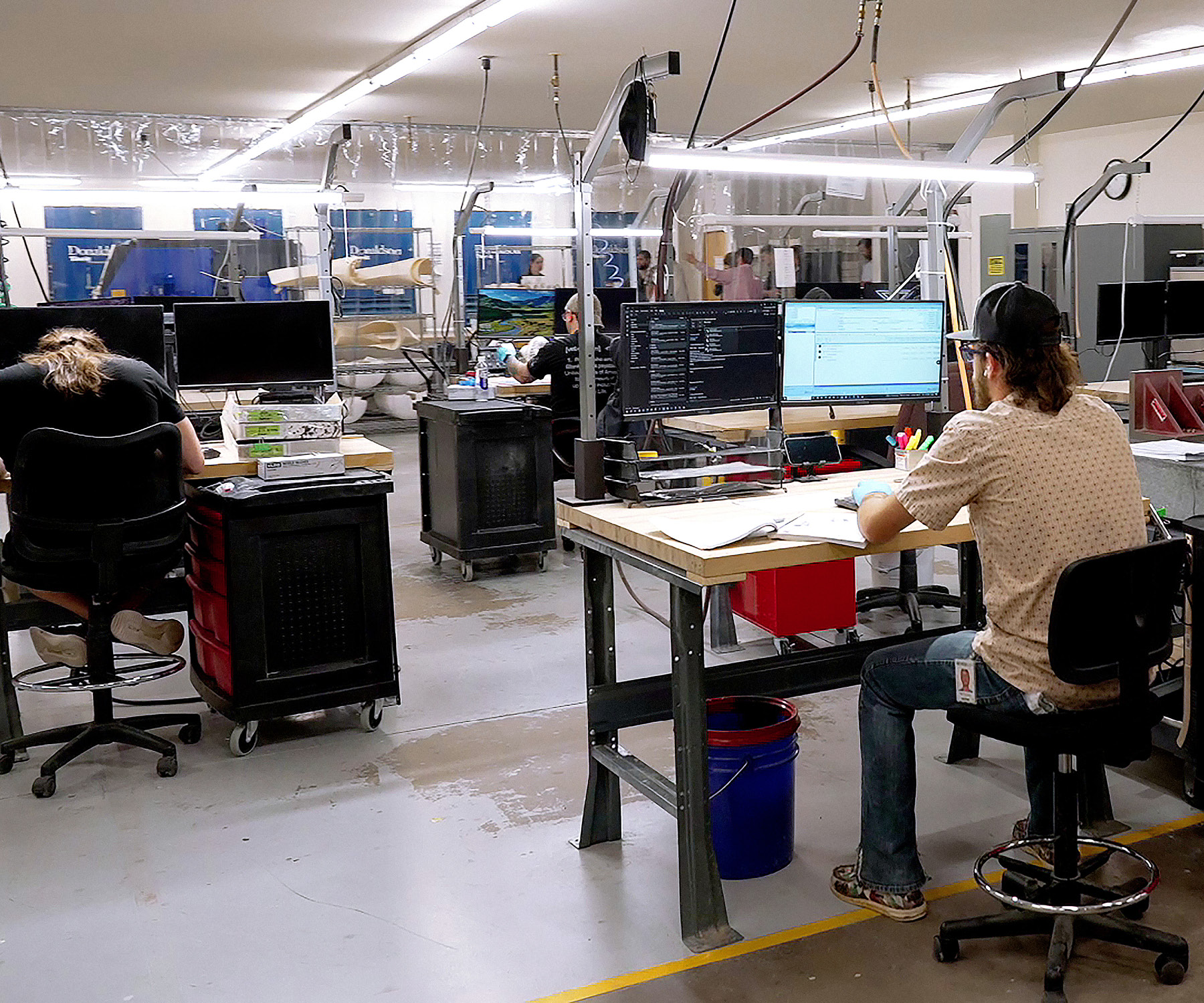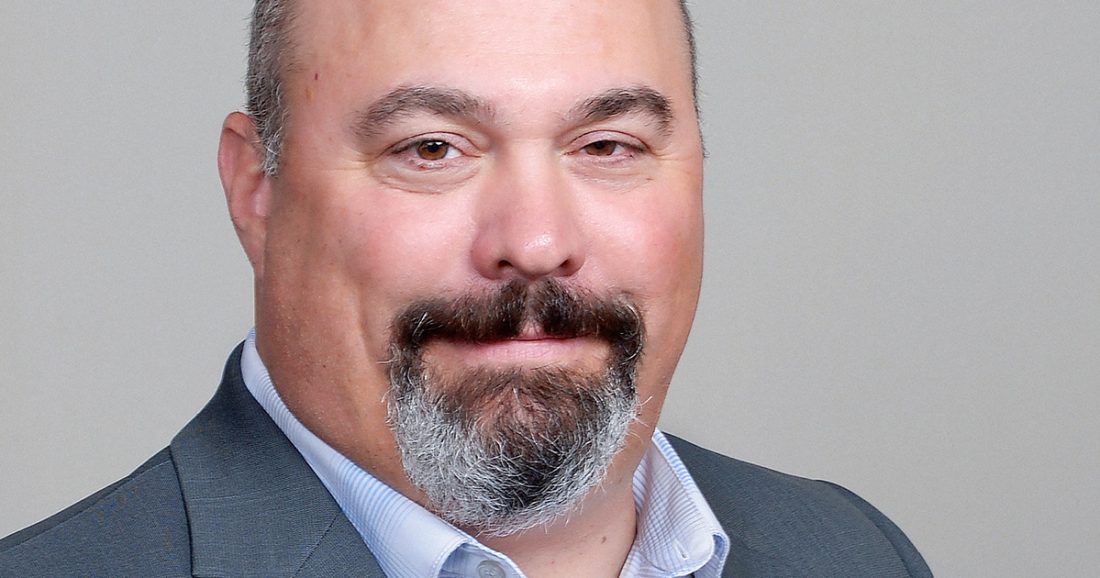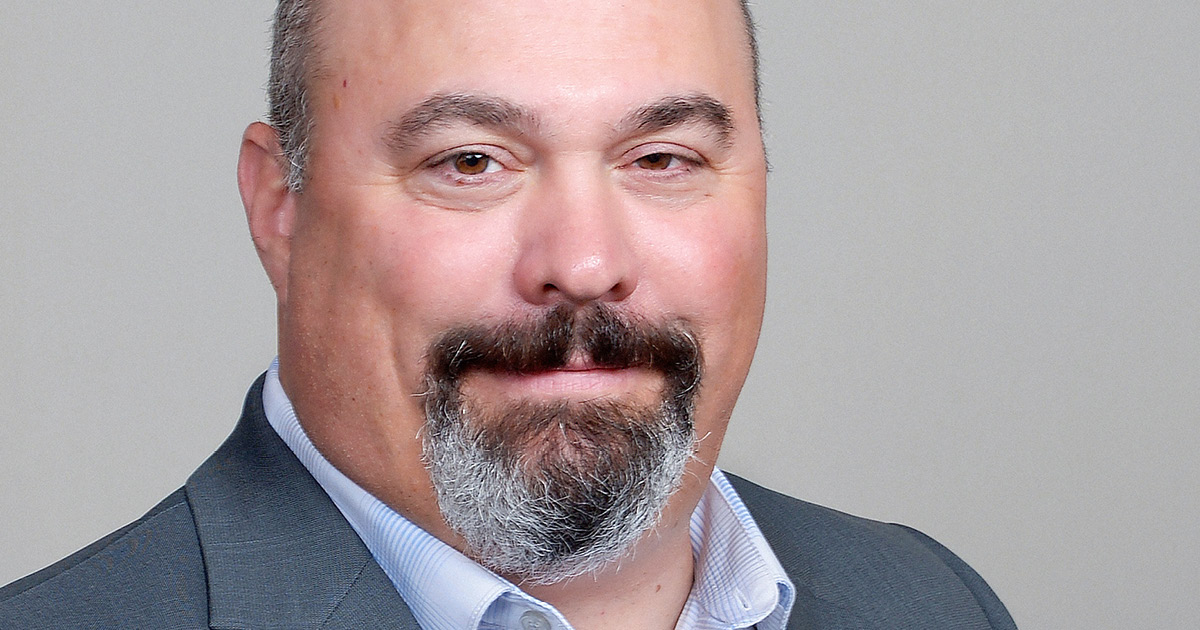As Scott Crump held in the palm of his hand a toy frog he had just made for his daughter, he knew he had achieved a major breakthrough. The small object, composed of layer after layer of semi-solid plastic gels from a glue gun, was proof of concept. Crump, in his garage in Edina, Minnesota, had just innovated a machine that had the potential to make fast work of the lengthy prototyping process in manufacturing.
That breakthrough in 1989, combined with the seven prototype machines he would go on to design, made Crump one of the pioneers of 3D printing. His is the name credited with inventing fused deposition modeling (FDM) technology, or the process of building up successive layers of material with a thermoplastic filament to create a physical object.
Also from that invention, Stratasys, the company Crump co-founded with his wife Lisa, was born.

“Where additive really plays a sweet spot today is with complex geometries, especially where weight is a big consideration.”
“The early days of 3D printing were about printing out basic models, product concepts to aid in the design process,” Brent Noonan, Stratasys President Americas, tells The CEO Magazine.
Crump and his ever-expanding team of innovators continued to push the limits of what technology could do. While Crump retired in 2020, the company’s success has continued, and the sky has become the limit for what 3D printing – or “additive manufacturing” as Noonan calls it – can achieve.
“We’re now talking about a world where we can do full CMF [Color, Materials, Finish] modeling and really dial in the textures, the look and the feel of the product,” Noonan explains. “That has added great value to designers and their ability to see how the product looks and feels before they send it to production.”
It’s not just designers who benefit either. As Noonan explains, one of the industries to fully embrace Stratasys’ applications is the medical field.
“We’re able to do anatomical models of a patient’s heart to the point where we can customize the digital materials in the printer to replicate the texture of an actual organ,” he explains. “Now, surgeons can practice surgery on an anatomical model before they actually operate on the patient.”
Print on Demand
Yet the biggest shift in 3D printing has been its increasing use in manufacturing, both in terms of manufacturing aids (or what Noonan calls “jigs and fixtures”) and actual end-use items.
“If you think about it, where additive really plays a sweet spot today is with complex geometries, especially where weight is a big consideration,” he says. “That’s what provides a lot of challenges for traditional manufacturing. It is possible, but it’s just going to take a lot of time and money.”
After all, as the name suggests, additive manufacturing is about adding materials, while traditional manufacturing, or subtractive manufacturing, involves taking away. “You start with a block of metal, or another material, and you subtract to make parts,” Noonan says of the latter. “It can be wasteful and time-consuming.”
On the other hand, 3D printing is “very efficient”. “It’s only using the materials that you need to make the parts,” he says. “It’s automated, as it doesn’t require an operator to stand in front of the printer as it is being printed.
“You’re sending a file to the printer and it magically builds the parts. The operator doesn’t have to be there until you need to take the part off.”
And, as supply chains come under pressure, Noonan argues that 3D printing is an increasingly important tool in supply chain resiliency.
“Traditional manufacturing requires a big footprint, including a big factory with big equipment, and typically products are built in a remote location and then shipped all over the world,” he says.
“Additive allows you to start up at a more localized location and print on-demand, which means that you don’t have to store large inventories. You don’t have to worry about shipping it from one location to the next. You cut down inventory costs and shipping time.”
A Happy Medium
Rather than a world where additive replaces traditional manufacturing, however, Noonan sees a place where both methods co-exist. “I don’t view it as us versus them,” he says. “It’s very complimentary.”
The key, he says, is volume. “If you’re making millions of parts, right now from a speed standpoint, additive won’t be the ideal solution.”
A Mixed Use
From medicine to the moon, additive manufacturing cuts across all industries. Stratasys machines have prototyped everything from new bottle designs for PepsiCo to slides and swings for French toy manufacturer Smoby. They have even reimagined some of the world’s forgotten historical monuments for Google Arts and Culture’s Open Heritage Project.
Although that distinction might not be the case for much longer. In November 2023, Stratasys unveiled its next-generation printer, the F3300. Four years in development, it takes efficiency, accuracy, automation and speed to a new level.
“It’s actually twice as fast as our previous fastest printer,” he says. “So we’re making significant ground when it comes to speed.”
The first client to place an order for the F3300 was Toyota.
“Automotive and aerospace have always been early adopters of additive technology,” Noonan says, reeling off a who’s-who list of clients that include the likes of Boeing, Airbus, BMW, General Motors, Honda and Formula One teams like McLaren Racing.
Arguably the biggest pinch-me client, especially if you had asked a younger Crump working late at night in his garage on yet another iteration, is NASA. The space agency has been using 3D-printed parts on its craft since the Orion Moon mission launched in 2019.
Credibility and Trust
As the global leader in 3D printing, Stratasys now has 2,000 employees across 13 different countries.
“We have more than 150 resellers that sell our technologies to customers around the globe,” Noonan says.
The company’s ability to remain at the forefront of innovation in the industry has been the driver of this success. But it’s not the only factor.
“We’ve made some really strategic acquisitions that have increased our product portfolio to the point where we now have five different types of 3D printing technologies,” he says, adding that all are polymers, but each is tailored to suit specific purposes.
“That’s really helped expand the value that we can provide our customers and the different types of applications that we can tackle with them.”

“Our feet on the street – our reseller network – is essential when it comes to establishing and maintaining strong relationships and unlocking the full potential of our printers.”
Another USP is its go-to market. “Our feet on the street – our reseller network – is essential when it comes to establishing and maintaining strong relationships, and unlocking the full potential of our printers,” he says. “That local relationship to connect with customers as they’re contemplating the move into 3D printing is critical.”
“The last piece is our service organization,” he says. “As with any technology, sometimes things go wrong or don’t work the way they’re supposed to. We’ve made a very concentrated effort to build up our service and troubleshooting and we’re certainly the best in the industry.”
Because, as everyone at Stratasys is aware, big technology is a big investment.
“Our customers want to make sure they have support so that, if something breaks, it’s fixed,” he says. “And I think all our customers would agree that we have that in place.
“That’s what’s really helped us establish the credibility and trust to continue to grow in the industry.”




